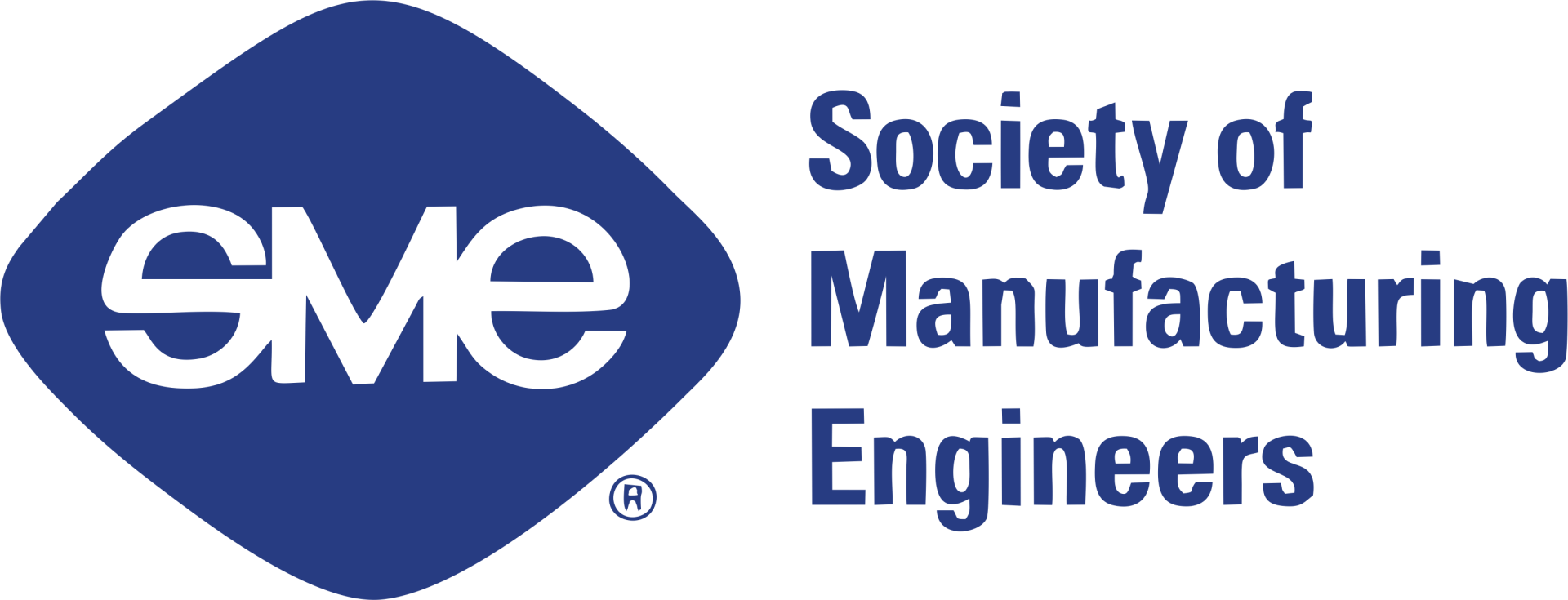Avoiding Metal Roof Corrosion
Some people may balk at using metal because they are concerned it will rust or corrode. This is a valid concern, because in certain climates corrosion can shorten the expected life of a metal building system. However, according to the experts, when the proper product with the right type of coating is installed correctly, metal is able to resist corrosion.
The key to metal’s durability is the type of substrate chosen and the type of coating that can be applied. Three types of paint systems are commonly used on exterior metal building systems. These are polyesters, silicone or modified polyester, and fluoropolymers — often considered the highest quality premium paint. While the most expensive, fluoropolymers generally resist color fading and chalking, and maintain gloss and solar reflective properties longer than other options.
Because of their color stability, fluoropolymers often are used on wall systems. On the other hand, if a low slope roof won’t be seen from the ground, one of the other less expensive paint systems may do the job.To achieve maximum corrosion resistance, facility executives should specify a quality metal coating from a reputable manufacturer.
Being aware of installation issues can help facility executives prevent corrosion as well. For example, failing to consider fasteners and attachments can lead to corrosion. Any fasteners and attachments used within a roofing system need to work with the substrate material. If a roofing system consists of steel roof panels, for example, the fasteners can be manufactured from carbon or stainless steel. If aluminum roofing is used, the fasteners should be made of stainless steel. You don’t want the possibility of corrosion caused by dissimilar materials.
Properly installing fasteners and flashings is important not just to avoiding corrosion, but also to limiting the chance for roof leaks. A recent study found that while all roofs, including metal, experience leaks, none of the leaks in the metal roofs was a result of a failure in the material. Instead, they developed because of improper installation, deteriorating grommets and other issues.
After the roof is drilled to install the fasteners, it should be swept clean. This is more than just a housekeeping detail. Those little pieces of steel can rust and stain the roof surface.
Additionally, the flashings used along the perimeter of a roof need to comply with the manufacturer’s recommendations. If they don’t, they may compromise the integrity of the metal roofing system.
Also, the choice of substrate and coating should take into account the use of the building and its environment. For example, a building that’s used for chemical processing may require a different type of metal than a facility used for light manufacturing.
When these steps are taken, metal is extremely durable, and holds up very well even against heat, moisture and UV-radiation. Most metallic-coated steel is warranted for 35 years. It’s not unusual to come across metal roofs that have lasted a century. In contrast, most built-up or single-ply roofs tend to need either significant repairs or total replacement well before the building has reached the end of its useful life.
What’s more, maintaining a metal roof or wall that’s been properly installed is relatively simple. Most metal roofs are dirt-shedding, rather than dirt- retaining. Usually, a power-washing will remove dirt and debris.
Because the maintenance work required is nominal, the cost of keeping up a metal roofing or wall system is typically a very small percentage of the initial installed cost — 3.5 percent for metal compared with 19 percent for single-ply systems, according to industry studies. Even though the initial cost of metal is more, this still means maintenance over the life of the roof is less than for most other types of roofing.




